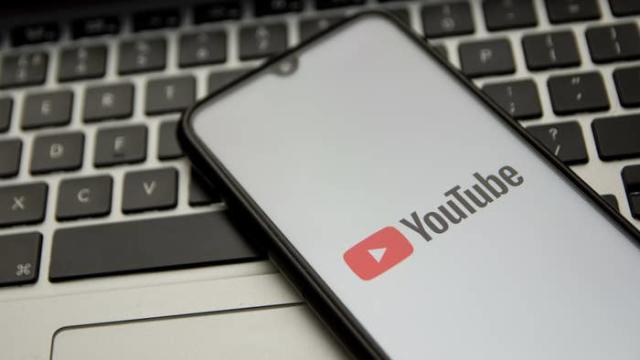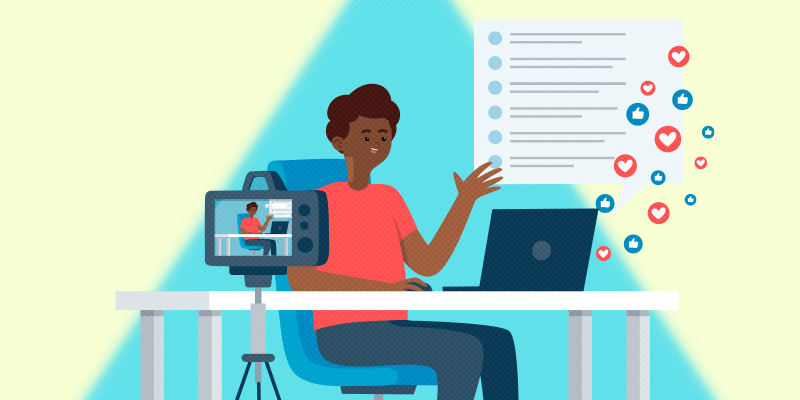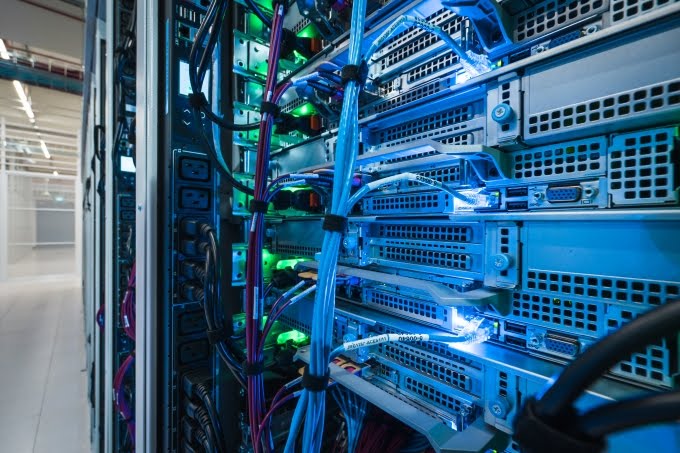Imagine living in a world where all your financial transactions could be completed with a simple wave or tap of the wrist. That is the idea behind Mastercard’s most recent endeavour, a $2.04 million investment into the digital content space through a partnership with Wowzi and MDP.
They are creating a new reality for content creators, influencing our digital lives, and not merely providing cash for ideas.
Content creators are the new entrepreneurs in the fast-paced world of social media, where every like, share, and follow turns into cash. However, tremendous power also comes with great responsibility; in this case, that obligation is the difficult task of handling money.
Read also: Mastercard-AfDB Digital Economy Alliance to boost African digital access
Here’s Wowzi, MDP, and Mastercard together to take this head-on. They’re developing financial management tools that simplify things and transform an unorganised earnings dashboard from a disarray of revenue streams.
Wearable Payments Take Center Stage
However, why end with software? This trio is considering more. With their Watch Cards and Ring Cards, they’re adding flair to the world of finances. These aren’t your typical accessories; they’re wearable technology that allows you to pay with your hand or finger. Transactions are completed quickly and securely with a simple flick of the wrist or touch of a finger.
The following explains why these wearable marvels are going to be the best friend of content creators:
Convenience: With your watchable to pay for purchases, who needs wallets? Alternatively, let your ring speak for you.
Security: These devices are intelligent. They can feel your pulse and recognise you by touch. Falsers do not have to apply.
Efficiency: By tapping quickly, you can save time and money. Stop searching for cards and continue with your creative process.
Innovation: State-of-the-art? Indeed. Like the creators for whom they are intended, these wearables are cutting-edge.
This is a movement, not just a collection of glitzy devices. Thanks to the efforts of Mastercard, Wowzi, and MDP, content producers will be the stars of a financial revolution. Thanks to these tools and technology, they can concentrate on what they do best—engaging us with their inventiveness. Collaborations like this will keep the digital landscape changing and the industry thriving.
Thus, cheers to Wowzi and MDP’s clever designs, Mastercard’s audacious action, and both. By working together, they’re altering and redefining the game, ensuring that creativity and financial understanding go hand in hand—or, perhaps more accurately, hand and finger—in the realm of content development.
About Wowzi and MDP
Wowzi is a Nairobi, Kenya-based business that assists marketers in automating their operations and creative marketing campaigns. It enables various clients, including NGOs, creative agencies, multinational enterprises, and small and medium-sized businesses, to engage with the influencers shaping African commerce trends. The primary skill of Wowzi is scalability.
Read also: Egypt partners Mastercard for payments technology solutions
Thousands of artists globally can be reached by brands through creating and managing many campaigns that span multiple regions and demographics simultaneously. The website offers impressive statistics, citing over 100,000 authors, 150 clients, and 15,000 campaigns across 23 countries.
The renowned American private equity firm Madison Dearborn Partners (MDP) is based in Chicago, Illinois. It focuses on leveraged buyouts and growth capital investments in already-established companies. MDP was founded in 1992 and has a long history of investing in various sectors, such as TMT, primary industries, healthcare, business and government software and services, and financial and transaction services.
MDP, which has put together one of the most experienced teams in the private equity industry, has raised seven funds totalling over $23 billion and has invested in more than 130 businesses.
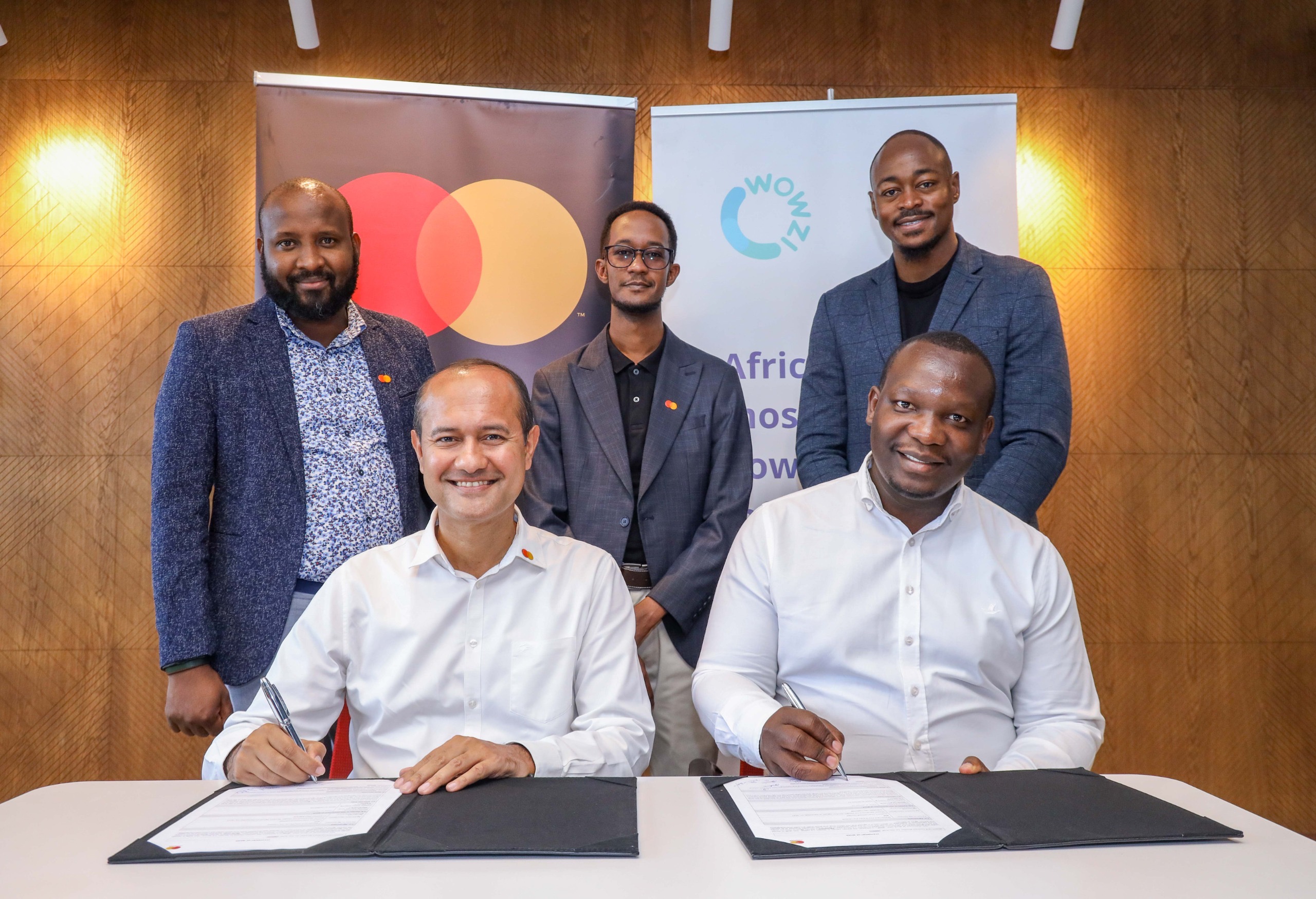
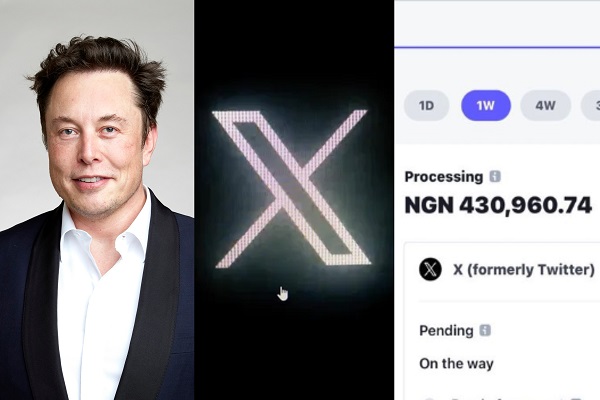


 (@Haert_desire)
(@Haert_desire) 